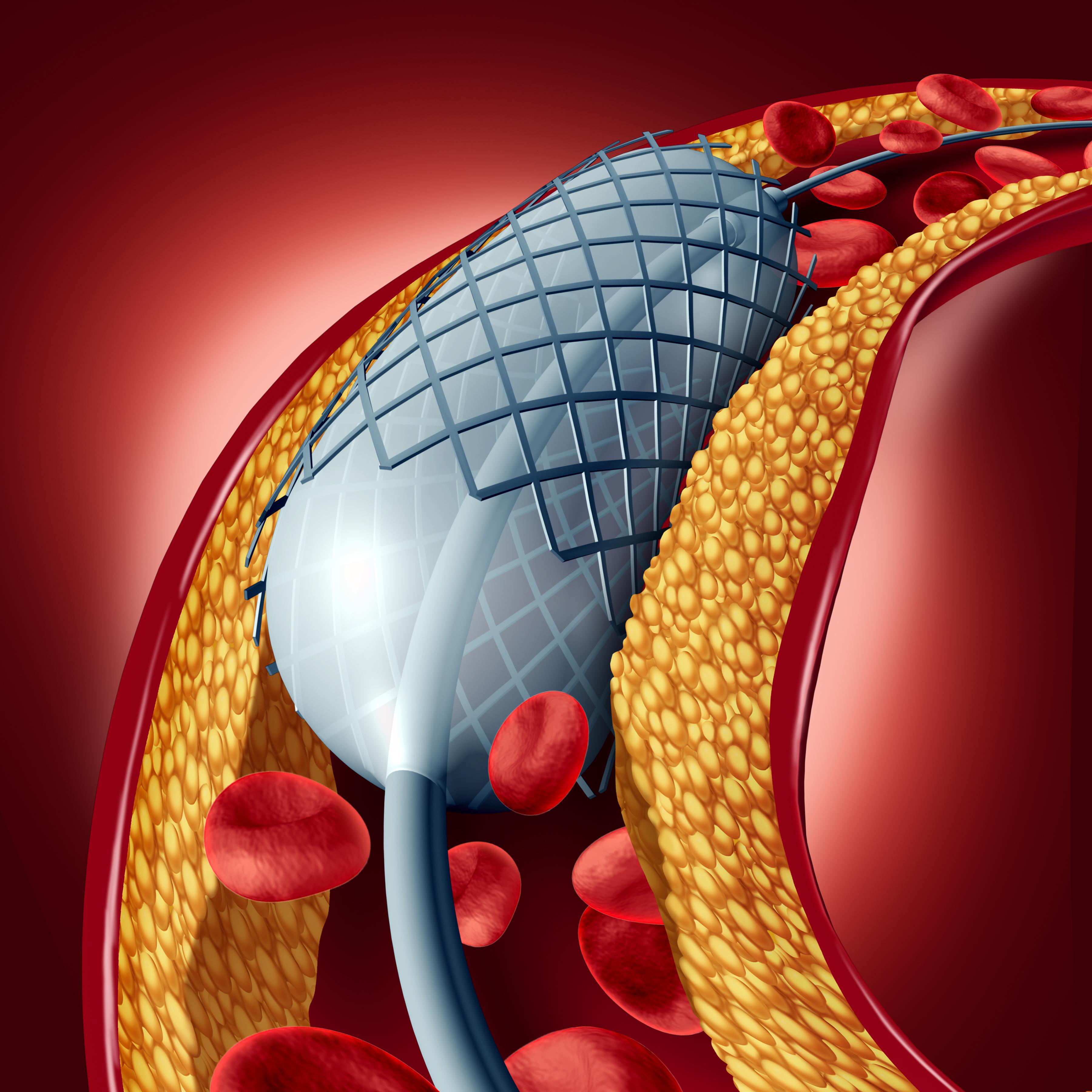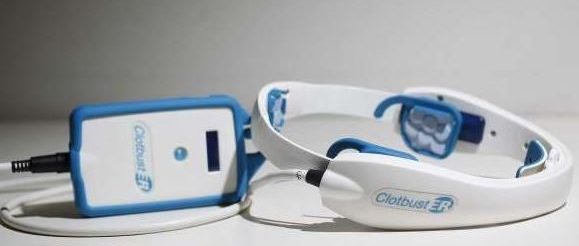Key Points:
- The SWEDEGRAFT study is a prospective, binational multicenter, open-label, registry-based trial in patients undergoing first isolated non-emergent coronary artery bypass grafting (CABG), randomized 1:1 to no-touch or conventional open skeletonized vein harvesting technique, with a planned enrollment of 900 patients.
- The SWEDEGRAFT trial found no significant difference in vein graft failure or clinical outcomes between no-touch and conventional vein harvesting techniques in coronary artery bypass grafting (CABG).
- Patients undergoing no-touch harvesting experienced higher rates of leg wound complications compared to those who underwent conventional harvesting.
Coronary artery bypass grafting remains a essential in the treatment of ischemic heart disease, where maintaining graft patency is crucial for long-term success. The no-touch technique, which involves harvesting the saphenous vein with surrounding tissue to preserve its integrity, was hypothesized to reduce graft failure by preventing vein spasm and reducing trauma during harvesting. However, the SWEDEGRAFT trial challenges this assumption.
The SWEDEGRAFT trial, conducted across eight surgical sites in Sweden and one in Denmark, enrolled 902 patients scheduled for first-time, non-emergent CABG. These patients were randomized to either the no-touch or conventional vein harvesting technique. The primary endpoint was graft failure at two years, defined as significant stenosis, occlusion, or death. Secondary endpoints included major adverse cardiovascular events and leg wound complications.
The trial found no significant difference in the primary endpoint of graft failure between the no-touch and conventional groups. Graft failure occurred in 19.8% of patients in the no-touch group compared to 24.0% in the conventional group, with a difference of −4.3% (95% confidence interval [CI] −10.1 to 1.6; p=0.15). There were also no significant differences observed in any of the three individual components of the primary endpoint.
Additionally, the incidence of major adverse cardiovascular events (MACE) was similar between the two groups at a mean follow-up of 52 months, occurring in 12.6% of patients in the no-touch group compared to 9.9% in the conventional group (hazard ratio 1.30; 95% CI 0.87–1.93; p=0.195). However, the trial revealed a significantly higher rate of leg wound complications in the no-touch group. At 3 months post-surgery, 24.7% of patients in the no-touch group experienced leg wound complications compared to 13.8% in the conventional group, a difference of 10.9% (95% CI 5.7–16.1). This trend persisted at the 2-year follow-up, with 49.6% of no-touch patients experiencing leg wound complications compared to 25.2% in the conventional group, a difference of 24.4% (95% CI 17.7–31.1).
These findings align with other studies that have questioned the clinical benefits of the no-touch technique despite its theoretical advantages in maintaining vein integrity. Long-term follow-up studies have shown that while the no-touch technique may reduce vein graft occlusion rates in some cases, it does not consistently translate into improved survival or reduced need for reintervention (1,2).
The SWEDEGRAFT trial highlights the importance of evidence-based practice in cardiac surgery. Despite its theoretical advantages, the no-touch vein harvesting technique did not demonstrate superiority over the conventional method in terms of graft patency or clinical outcomes in the SWEDEGRAFT trial. Moreover, the higher incidence of leg wound complications associated with the no-touch technique suggests that it may not be the optimal approach for all patients undergoing CABG. Future guidelines should consider these findings when recommending surgical techniques for vein graft harvesting.
- Dreifaldt, M., Bodin, L., & Ramos de Souza, D. (2013). The no-touch vein graft harvesting technique for coronary artery bypass grafting surgery reduces mortality: a long-term follow-up study. Journal of Cardiothoracic Surgery. https://doi.org/10.1186/1749-8090-8-S1-O177
- Lonn, E., Yusuf, S., Dzavik, V., et al. (2011). SUPERIOR SVG: No-touch saphenous vein harvesting improves patency following coronary bypass grafting—a multicentre randomized control trial. Journal of Cardiothoracic Surgery. https://doi.org/10.1186/1749-8090-8-S1-O177





